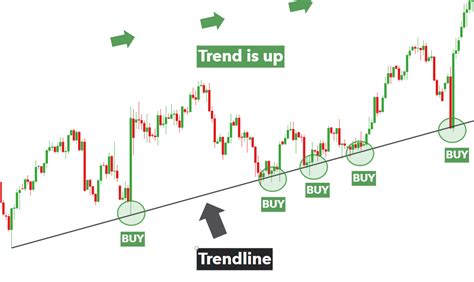Mastering the art of trading at cryptocurrency point with technical indicators
In the rapid world of cryptocurrency, cash trading has become a lucrative commercial opportunity. With its rapid growth and volatility, understanding technical indicators is crucial for making informed decisions on the purchase or sale of cryptocurrencies. In this article, we will immerse ourselves in the world of technical indicators and provide a step -by -step guide on how to use them for punctual trading.
What are the technical indicators?
Technical indicators are digital values that help traders analyze price movements, trends and models on various markets, including cryptocurrency. These indicators are calculated on the basis of historical data and can be used to predict future market behavior. By applying technical indicators to trading in cash for cryptocurrencies, traders can identify potential purchase or sale opportunities and adjust their positions accordingly.
Key technical indicators for trading in cash for cryptocurrencies
Here are some of the most popular technical indicators that traders use in trading at cryptocurrency:
- Relative resistance index (RSI) : Measures the speed and variation of price movements to identify the conditions of surfferation or occurrence.
- Mobile medium (MA) : Simple and exponent mobile medium combinations that help smoothing price fluctuations and revealing a trendy direction.
- Bollinger Bands : The tracing of a range of price bars against my help merchants to assess volatility and potential eruptions.
- Stochastic oscillator : evaluates the relationship between the price and the momentum to identify the conditions of overcout or occurrence.
- Cloud Ichimoku : provides a complete view of market conditions, including support and resistance levels.
How to apply technical indicators for cash trading
To effectively use technical indicators in trading at cryptocurrency, follow these steps:
- Choose the right indicator : Select an indicator that aligns your trading strategy and your risk tolerance.
- Set a deadline : Use a delay that meets your market analysis needs, such as 4 -hour, daily or weekly graphics.
- Draw the indicator : Display the indicator chosen on a graph to view the movements and the price models.
- Analyze the graph : Study the performance of the graphic over time to identify the trends, models and potential escapes.
- Use indicators in your trading strategy : Integrate technical indicators into your trading strategy by establishing stop levels, entry points or risk-recompress.
Example: Use of RSI to identify the exaggerated conditions
Suppose you are a day trader by focusing on Bitcoin (BTC). You use the RSI indicator with an exponential mobile average (EMA) of 50 periods to identify the over -racket conditions. Here’s how:
- Draw the BTC price table with a period of 4 hours.
- Configure the RSI indicator with EMA = 50 and calculate the RSI value.
- Identify a lowering crossing between the RSI line and the MA of 50 periods, indicating over -racket conditions.
If you see a significant drop in RSI values less than 30, it can be a sign to close your position or define a stop-loss near the current price level. By using technical indicators in conjunction with other market analysis techniques, such as basic research and news flows, traders can develop a more complete negotiation strategy and increase their chances of success.
Conclusion

Technical indicators are a powerful tool for traders who seek to improve their trading skills at cryptocurrency. By understanding how to effectively apply various indicators and combining them with a fundamental analysis, traders can gain an advantage on the market. Do not forget to always keep an eye on your emotions, your risk management strategies and your adaptability when you sail in the rapidly evolving world of cryptocurrencies.

